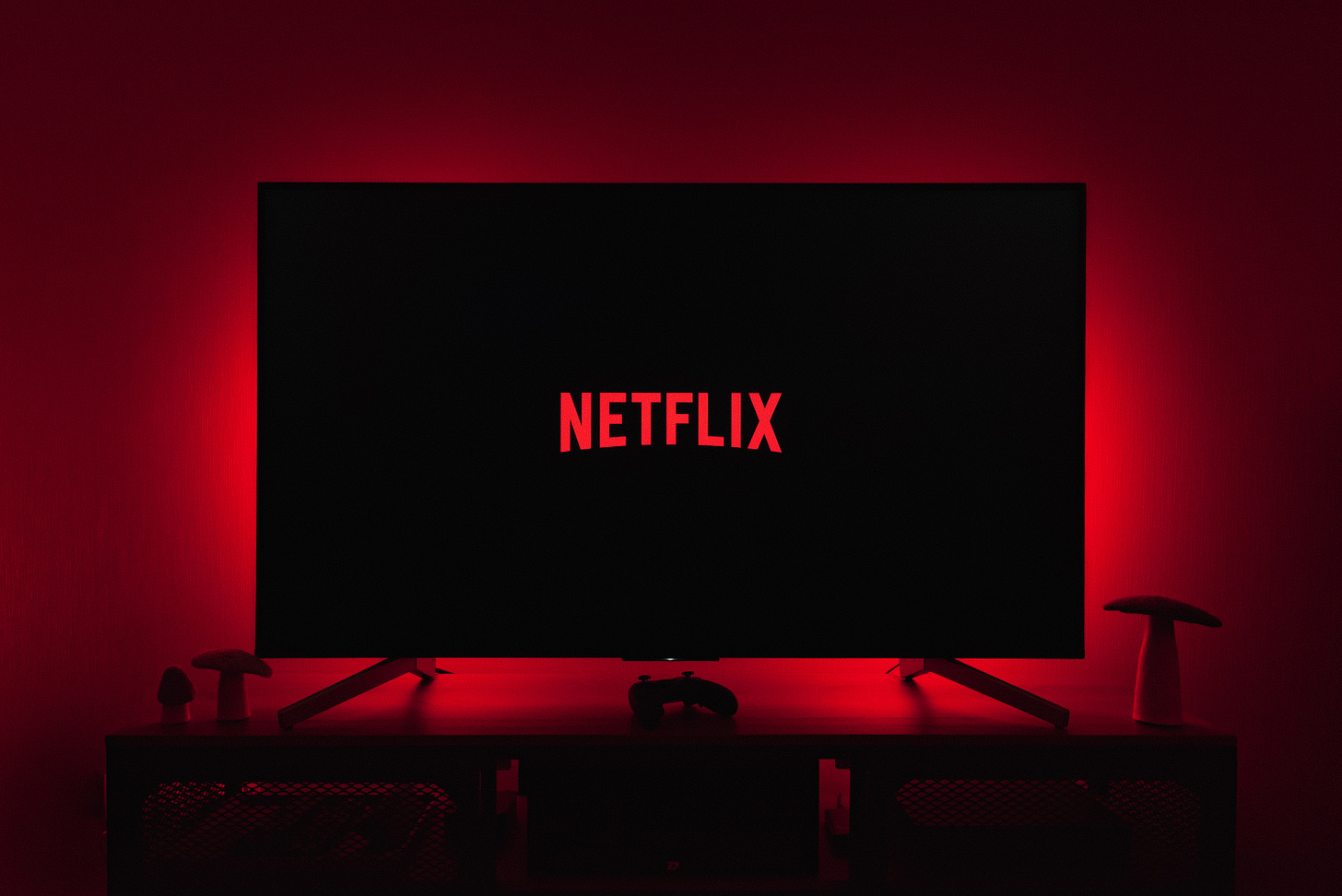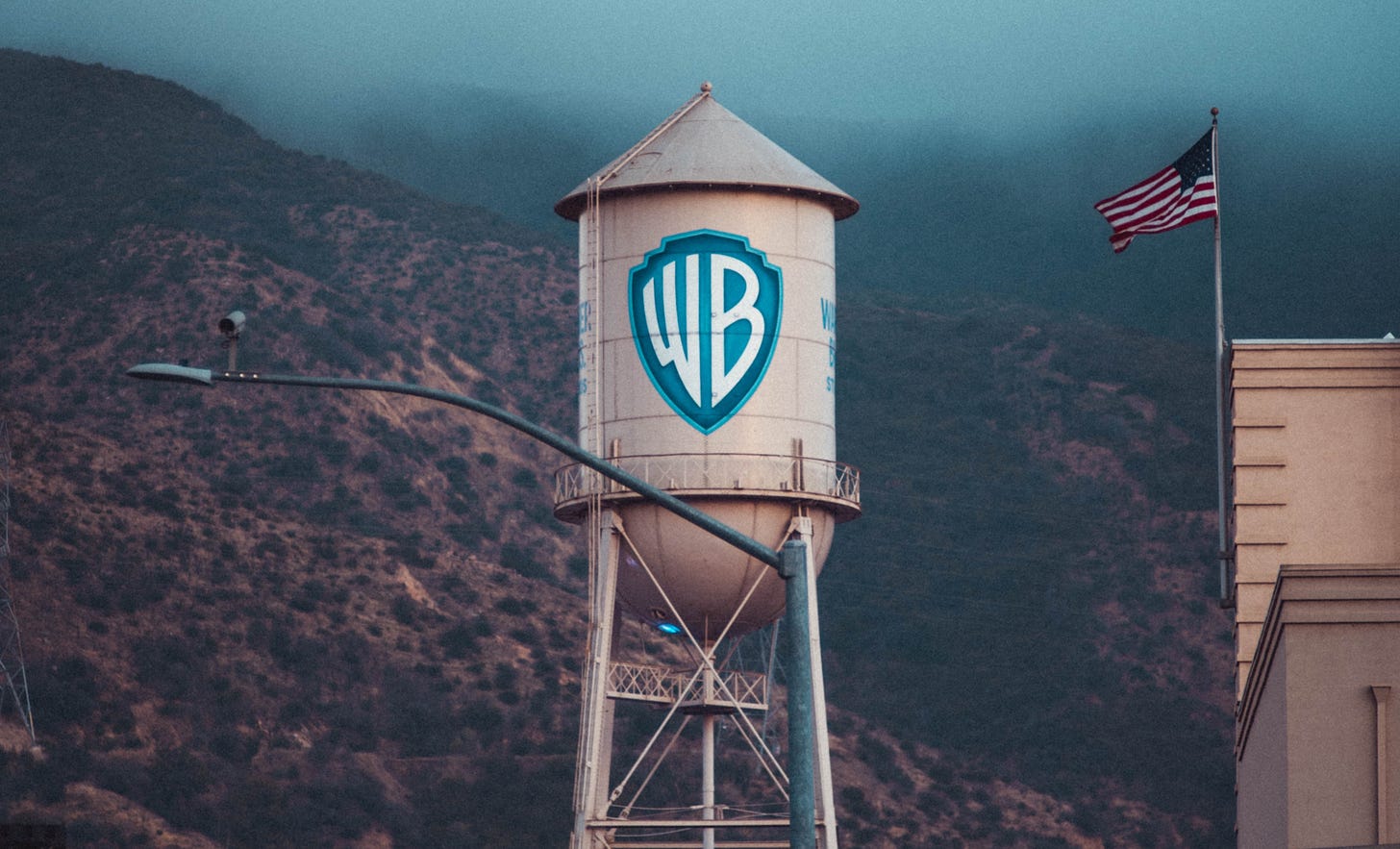Valuations of publicly traded stocks sometimes go to extremes, both low and high. Usually investors create these anomalies by piling into stocks that have come into vogue or by indiscriminately selling stocks that have fallen out of favor. When they do, share prices can swing much farther, for much longer, than most people expect, which can create opportunities for patient, thoughtful (or contrarian) investors.
Take 1992, for example, when the bubble in the pharmaceutical industry popped: the average drug stock lost 40% of its value as growth slowed and profits began to erode amid discounting and competition from generics. The other shoe dropped when the Clinton administration tried to enact healthcare reform, making investors question the long-term profitability of the pharmaceutical industry.
At the time we wrote an extensive report for our research clients outlining why we believed that this series of negative events had created a great opportunity to invest in pharmaceutical stocks: When an industry falls out of favor, Wall Street can drive the market value of companies in that sector far below what an acquirer would actually pay for the entire company. The difference between the two valuations represents what we call the “business value” approach, and it can create buying opportunities for discerning investors who are patient enough to wait for the industry to right itself and for the market to appreciate these companies’ intrinsic value.
Of course, it’s anyone’s guess when the tide might turn. Investors may need to suffer through years of underperformance before their investments eventually pay off, but it’s often well worth the wait. Investors who looked past the scary headlines in 1992 and purchased stock in pharmaceutical companies during uncertain times were richly rewarded when the industry bounced back.
Risk, or Opportunity?
Investing in out-of-favor industries always comes with a risk: perhaps the market is right and the industry really has changed. If so, then “cheap” stocks may stay cheap—or get even cheaper (commonly known as a “value trap”). But investors can mitigate the risk by asking some important questions: Is this industry going the way of the buggy whip? Is its underlying product still in demand, or have consumer tastes permanently been altered? What catalyst(s) can make the companies within the industry recover?
If we can answer these questions satisfactorily, then we begin to suspect that we’ve identified a good buying opportunity—if we can be patient.
Current Opportunity in Media?
Media stocks have been out of favor for quite some time now. From cable companies such as Charter and Comcast or legacy content providers such as Paramount, Disney, and Warner Bros. Discovery, these stocks are selling significantly below their all-time highs, and they look extraordinarily cheap compared with their historical valuations. Before investing, investors have to answer the million-dollar (or in this case billion-dollar) question: Are we looking at a fantastic buying opportunity, or does the changing media landscape (discussed below) justify permanently reduced valuations for media companies?
Media State of the Nation
The latest evolution of the video ecosystem began back in 2007, when Netflix launched its streaming subscription (10 years after launching its original DVDs-by-mail service). The transition truly hit home in 2015, when Disney CEO Bob Iger announced that ESPN had lost subscribers for the first time. His announcement marked the end of a golden age for content and cable companies, both of which had enjoyed decades of rising subscribers and revenues.
Disney Stock Price (2008-2023)
Since then, the industry has been in a state of flux. As cable TV subscribers have declined more rapidly with each passing year, a flurry of merger activity has sought to offset industry pressures. Comcast acquired Sky in the United Kingdom, Disney acquired Fox, and Discovery acquired fellow nonfiction creator Scripps (which owned such properties as the Food Network, HGTV, and the Travel Channel) and then WarnerMedia (the home of Warner Bros. Studio and HBO, which had previously been bought by AT&T)—with mixed success.
Last week may have been another watershed moment in the media industry. Charter Communications, the second-largest cable company in America, announced that it would be willing to cancel its arrangement to distribute Disney’s content (including the Disney Channel, National Geographic, and most important, ESPN, the worldwide leader in sports). Unlike the regular negotiations that happen every few years between distributors (e.g., DirecTV, Roku, cable companies) and content producers (e.g., Disney, Warner Bros. Discovery, Paramount), Charter CEO Chris Winfrey clearly stated that “this is not a traditional carriage dispute” and that Charter will be “moving forward or moving on.”
As so often happens on Wall Street, Friday, August 31, 2023, was a day for selling first and asking questions later. Following the announcement, the share prices of cable and content companies all fell—some dramatically.
But when this kind of event happens, at Boyar Research we like to look for the baby thrown out with the bathwater, which on this occasion we believe is Warner Bros. Discovery. WBD shares have had a miserable time since the merger in early April 2022 (down more than 50%), and Friday was no exception—shares fell 12% on the Charter/Disney news.
The knee-jerk reaction is understandable. Of all the content companies, Warner Bros. Discovery generates the greatest proportion of its profits from traditional cable TV in the U.S. (no theme parks, mass merchandising, or book publishing), and it took on a substantial amount of debt during the merger. If Warner’s management team is unable to navigate successful deals with Charter (and other distributors), it could seriously affect the Company’s very healthy profit margins.
Yet we believe that there are some equally strong arguments on the other side:
Warner Bros. Discovery’s channels have just as much (if not more) viewing as—and cost considerably less than— the main culprits that make the current cable bundle so expensive (ESPN and some of the regional sports networks, which host certain baseball, basketball, football, and hockey teams).
Warner CEO David Zaslav has always worked proactively with cable companies to ensure that his company’s content is as widely distributed as possible, and we expect him to pursue “win-win” arrangements.
Max (formerly HBO) has always been offered separately from the basic cable bundle, so those who currently pay for it are those who want it (unlike ESPN, which has been “forced” on many customers).
Warner Bros. Discovery has leading IP that streaming subscribers are willing to pay for, and the success of the Discovery streaming service gives us confidence that this can be done profitably without cannibalizing the cable universe.
Max is set for a number of international streaming launches over the coming years, and we expect WBD to grow its streaming subscribers while raising prices at a moderate pace.
With a market capitalization of $28.4 billion and free cash flow guidance of $5 billion for 2023, Warner Bros. Discovery shares trade at a price-to-free-cash-flow multiple of just 5.7x (a FCF yield of nearly 18%)—even before the remaining cost savings from the WarnerMedia merger come through. While there are certainly risks in such a rapidly changing environment, good things can happen to cheap stocks.
The Bottom Line
Searching for stocks or industries selling significantly cheaper when compared to their historical average can help point investors toward industries that have fallen out of favor, but the key to finding value lies in determining why the industry has fallen out of favor—and whether those reasons create a temporary opportunity (like with pharmaceutical companies in the early 1990s) or a permanent change of fortune (such as Polaroid’s failure to adapt to the digital camera revolution). But if you arm yourself with knowledge, have the confidence needed to buy when others are selling, and have the patience to stick with your investment until the turnaround unfolds, you may find opportunities to purchase the proverbial fifty-cent dollar.
Important Disclosures. The information herein is provided by Boyar’s Intrinsic Value Research LLC (“Boyar Research”) and: (a) is for general, informational purposes only; (b) is not tailored to the specific investment needs of any specific person or entity; and (c) should not be construed as investment advice. Boyar Research does not offer investment advisory services and is not an investment adviser registered with the U.S. Securities and Exchange Commission (“SEC”) or any other regulatory body. Any opinions expressed herein represent current opinions of Boyar Research only, and no representation is made with respect to the accuracy, completeness or timeliness of the information herein. Boyar Research assumes no obligation to update or revise such information. In addition, certain information herein has been provided by and/or is based on third party sources, and, although Boyar Research believes this information to be reliable, Boyar Research has not independently verified such information and is not responsible for third-party errors. You should not assume that any investment discussed herein will be profitable or that any investment decisions in the future will be profitable. Investing in securities involves risk, including the possible loss of principal. Important Information: Past performance does not guarantee future results.
This information is not a recommendation, or an offer to sell, or a solicitation of any offer to buy, an interest in any security, including an interest in any investment vehicle managed or advised by affiliates of Boyar Research. Any information that may be considered advice concerning a federal tax issue is not intended to be used, and cannot be used, for the purposes of (i) avoiding penalties imposed under the United States Internal Revenue Code or (ii) promoting, marketing or recommending to another party any transaction or matter discussed herein. Clients of an affiliate of Boyar Research and employees of Boyar Research own shares in Warner Bros. Discovery, Inc, Liberty Broadband, Comcast, and Disney.









